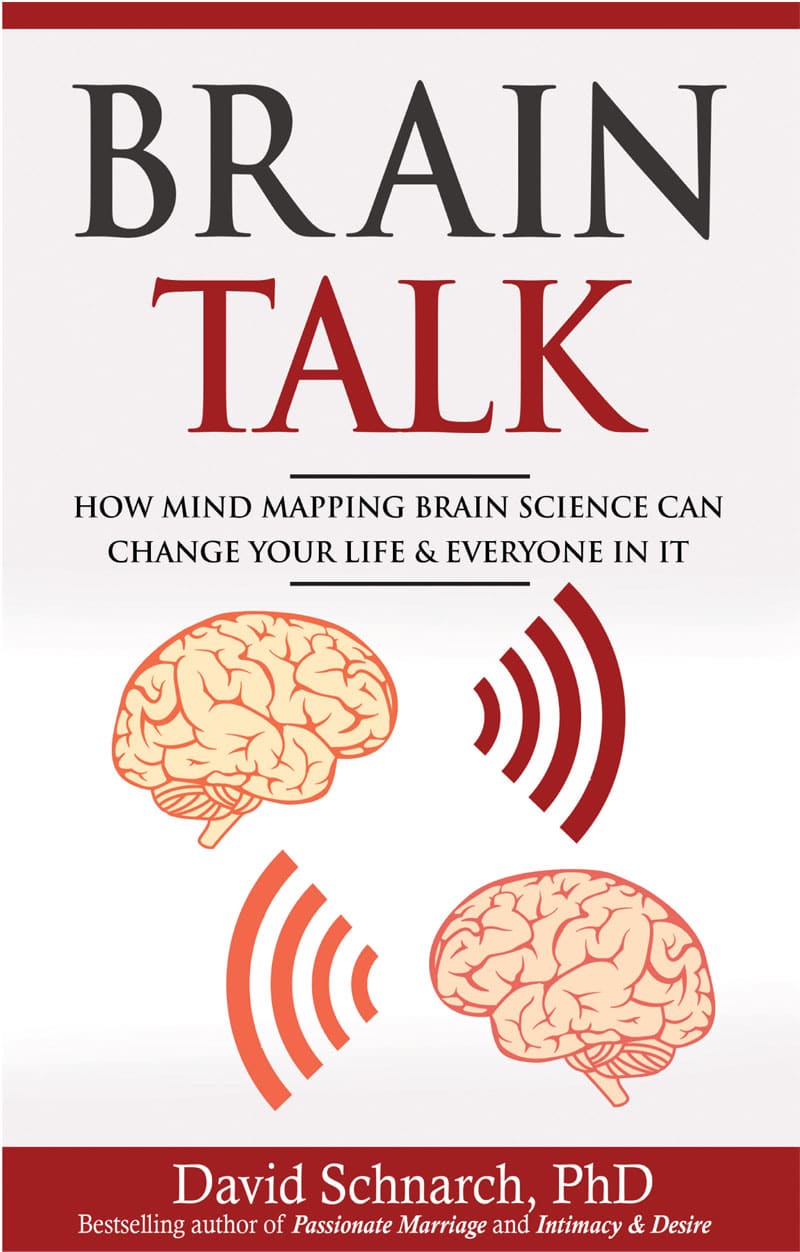Based on my experiences doing therapy, training therapists, and lecturing about mind mapping, here are some suggestions on how best to read this book. Take these suggestions to heart and apply them from start to finish. I can’t stress enough how important they are to getting what this book has to offer.
Here’s the first thing: Read Brain Talk differently than any of my prior books. Resist your urge to underline text or make notes. (Boy, is this a change! I previously suggested underlining.) Don’t read this as a collection of ideas. Don’t try to memorize passages of text. Don’t try to convert this to familiar terminology. Forgo your impulse to use deductive logic. Stop yourself from developing mental counterarguments.
All of these use your left brain, which is where your language ability and analytical thinking comes from. As much as I like using my left brain to figure things out, the left brain frequently interferes with learning about mind mapping and resolving traumatic mind mapping (which are more right-brain processes).
Your right brain operates through pictures. Pictures are its “language.” It constructs vivid dynamic images that simultaneously contain critical details and holistic meaning. Reading Brain Talk is designed to be a right–brain activity. (Granted, reading is inherently rooted in text and language.)
You’ll get the most out of Brain Talk if you repeatedly develop pictures in your mind, envisioning what you’re reading. You need to watch the vignettes as they develop. Map the minds of the people you meet in each chapter by seeing them. You’ll learn and remember more than if you tried to memorize what you’re reading.
Revisualizing personal memories through the lens of mind mapping often provides rapid shifts in perspective and meaning. Use this to envision noteworthy past and present events in your life. Study yourself and other people as they appear in the scenes. Look at these pictures, rather than intellectualizing or theorizing about them. You’ll learn more by watching than by applying familiar concepts and theories. As intuitive as mind mapping is, this will take some effort on your part and willingness to see things you might otherwise want to avoid.
You can read Brain Talk at whatever depth you prefer. First and foremost, Brain Talk is designed for the general public. But from the outset, Brain Talk was also designed to be a “crossover book” for mental health professionals, including clinicians, teachers, researchers, and students. The scientific background and relevant documentation they require are contained in four Appendices at the conclusion. Think of this book as the neuroscience version of Passionate Marriage meets Constructing the Sexual Crucible. It’s got the readability of the former, and over four hundred references like the later.
If you just want self–application or a lighter read, stick with the main text. Read the book from front to back as you normally would. You can jump back and forth between the main text and delving into the underlying (amazing) scientific research in the Appendices using the hyperlinked Table of Contents.
But if you’re a mental health professional or academic, you can read the book from back to front. The extensive Index is your table of contents (also hyperlinked in the ebook version). It offers a completely different topical organization, and ready access to the brain science and therapy details reported within. Accessing material through the Index, Brain Talk looks like a completely different book, organized around the technical aspects of Crucible® Neurobiological Therapy. The main text will be your illustrative case material.
The Brain Talk–Pro edition makes it easy to educate yourself beyond the ideas presented in this book. Although Brain Talk offers its own ground-breaking integration of the literature, this Pro version enables you to pursue subsequent directions on your own. Its end notes and references are hyperlinked to hundreds of journal article (PDFs) available online. Using these stepping stones, a world of brain research is just a few clicks away. This works best on laptops with Internet connections running Kindle_PC or Kindle_Mac software.
I wish I had a system like this when I was educating myself about interpersonal neurobiology. You can go from reading Brain Talk to exploring related articles in scientific journals in less than a minute, and jump from article to article!
Brain Talk–Pro gives therapists the opportunity to discover for themselves what the research literature really says. It allows you to do this quickly, strategically, and effectively. If you are serious about developing brain-based therapies, Brain Talk–Pro provides the means to generate ideas and develop new methods of your own.
Brain Talk–Pro is also perfect for academic courses. Besides being scientifically rigorous, it allows classes to be taught at different depths. In addition to being a primary textbook, students can be assigned readings in related journal articles via Brain Talk–Pro.
If you’re a graduate student, Brain Talk–Pro is my gift to you. You’ll love the way it facilitates dissertations and research papers, speeding up collecting information and developing reference lists. It also encourages you to peruse a range of fascinating topics, broaden your perspectives and tweak your interests. I hope you use it to develop the next generations of brain-based therapy we can’t even envision yet.
« Brain Talk – From the Introduction Brain Talk – Quick Video Tour »


